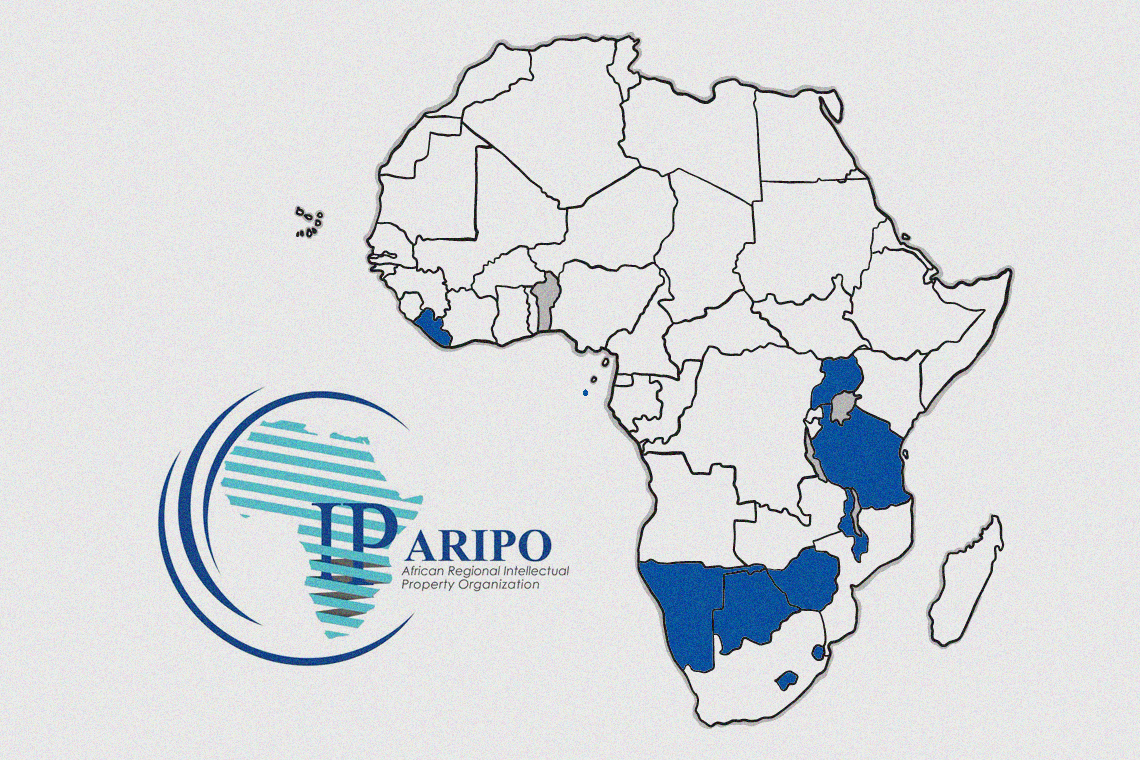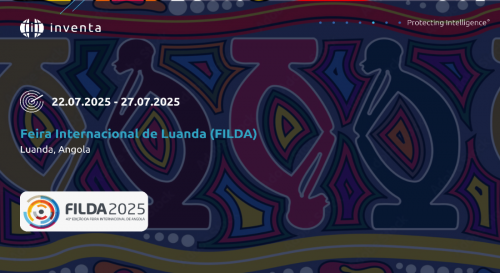
The protection of trademarks through ARIPO
The African Regional Intellectual Property Organization (ARIPO), formerly known as English Speaking African Regional Intellectual Property Organization (ESARIPO), was created with the Lusaka Agreement (1976) and currently boosts 19 member-states, which are mostly English speaking countries. ARIPO intends to promote the cooperation between members regarding the protection of intellectual property rights and with time it developed to a regional system that allows the registration of patents, trademarks and plant varieties.
The registration of trademark rights is regulated by the Banjul Protocol (1993) which currently has 10 members, including Botswana, Lesotho, Liberia, Malawi, Namibia, Swaziland, Uganda, Tanzania, Zimbabwe and more recently, São Tomé e Príncipe.
When a trademark owner files an application directly at ARIPO or through a member-state’s IP Office, ARIPO only conducts a formal examination, checking, amongst others, if the form has the correct applicant information or if the goods and/or services are in accordance with the Nice Classification; if the application complies, ARIPO notifies the national IP Offices so that they are able to conduct a substantive examination according to their national laws.
The national IP Offices have 9 months counting from this notification to conduct substantive examinations and inform ARIPO if the mark should or should not be registered, either from absolute or relative grounds, which might include the existence of previous third party rights such as trademarks.
One of the advantages of the ARIPO system is that if the mark is rejected by one or several of its member-states, it can still proceed to registration in regards to the remaining member-states that were originally designated during the application procedure. This contrasts with other regional trademark protection systems such as, mutatis mutandis, the European Union Trademark (EUTM) or the Organisation Africaine de la Propriété Intellectuelle (OAPI), which have unitary systems. In other words, an ARIPO trademark might be valid only in some of its member-states.
Coming back to the substantive examination, if a mark is rejected, the national IP Office shall notify ARIPO, which in turn will notify the applicant of the rejection, giving him the possibility of replying directly to the IP Office, arguing why the mark should not have been rejected. This procedure is similar to the international registration of marks under the Madrid Protocol, which might be familiar to most applicants.
If no communication is received by ARIPO within the prescribed 9 month limit, the mark shall be deemed as accepted and will be published in ARIPO’s official journal. From this publication onwards, the mark faces an opposition period that lasts for 3 months. During this time period, third parties who find their rights affected by the registration are able to file a notice of opposition. However, the Banjul Protocol is very scarce regarding the subsequent opposition proceedings which follow the member-state’s national provisions.
If a third party wishes to oppose an ARIPO trademark, he will have to file several oppositions in the countries where an eventual registration affects his rights. This creates a heavier burden to opposing parties, specially comparing to regional systems that have trademarks with unitary effect but also when comparing to the international registration under the Madrid Protocol which allows cancellations or limitation of the international trademark through a central attack against the basic application.
Another peculiar aspect of the opposition procedure is that some member-states actually publish ARIPO trademarks in their own IP journals during the aforementioned 9 month period of reflection. São Tomé and Príncipe, which recently joined the Protocol, provides in its recent IP law that regional or international marks shall be published it its national IP journal (article 190). This provision was probably created for international applications under the Madrid Protocol taking into account that the international publication of the mark does not open a window to third party oppositions.
This leads to a very peculiar and unprecedented situation where trademarks face a double opposition period as it is possible for third parties to file an opposition against the same mark based on its national publication as well as its regional publication. A better interpretation and practice of São Tomé’s law would prevent a national publication of ARIPO trademarks as its purpose is to allow an opposition period for third parties which is already achieved through the publication in ARIPO’s IP Journal, however such would go against the letter of the law.
Another side effect of this national publication and, generally, of the backlogs, results from the fact that national IP Offices face difficulties in keeping up with the 9 month period set forth in the Banjul Protocol, as the São Tomé IP Law creates a 3-month opposition window after publication. If an opposition if filed, the applicant has 3 additional months to reply and the IP Offices still has to analyze the validity of the arguments filed by the parties, which makes the 9-month window too difficult to meet and leaves the door open to questions about the real validity of ARIPO marks in certain countries. In comparison, countries that are part of the Madrid Protocol have 12 or 18 months to issue a provision refusal.
However, if no problems arise during the application process or if they are overcome, the applicant will obtain the registration of his mark across the countries that he initially designated, lasting for 10 years from application date, with a unified and digital application procedure. The mark will have the same effect of a nationally registered mark.
An additional challenge exists for trademark owners that wish to apply for ARIPO trademarks. Except for São Tomé, the remaining member-states have Common Law systems which require that international agreement are incorporated in their own national laws in order to be effective. At the moment, only Botswana, Zimbabwe and Liberia have specific provisions regarding the validity of ARIPO trademarks, even though the remaining national IP Offices have taken measures and are currently applying the Protocol. This makes protection somewhat dubious in regards to the countries that have not incorporated the Protocol in their national bodies of law.
All in all, applicants should be aware of the advantages and limitations of protecting trademarks through ARIPO so that they can make informed choices when time comes to expand their portfolios across the region.
Currency Info
Final charges will be made in USD.
Currency conversion is for information purposes only and accuracy is not guaranteed. Overseas customers are encouraged to contact their bank or credit card provider for details on any additional fees these institutions may include for currency conversion.
- USD 312.389 NGN
Territory List
There are no results for your search.
- Africa
- Algeria
- Angola
- Benin
- Botswana
- Burkina Faso
- Burundi
- Cameroon
- Cape Verde
- Central African Republic
- Chad
- Comoros
- Congo (Republic)
- Côte d'Ivoire
- Democratic Republic of the Congo
- Djibouti
- Egypt
- Equatorial Guinea
- Eritrea
- Eswatini (Swaziland)
- Ethiopia
- Gabon
- Gambia
- Ghana
- Guinea
- Guinea-Bissau
- Kenya
- Lesotho
- Liberia
- Libya
- Madagascar
- Malawi
- Mali
- Mauritania
- Mauritius
- Mayotte
- Morocco
- Mozambique
- Namibia
- Niger
- Nigeria
- Réunion
- Rwanda
- Sao Tome and Principe
- Senegal
- Seychelles
- Sierra Leone
- Somalia
- South Africa
- South Sudan
- Sudan
- Tanzania (mainland)
- Togo
- Tunisia
- Uganda
- Western Sahara
- Zambia
- Zanzibar
- Zimbabwe
- Africa (OAPI)
- Africa (ARIPO)
- Other
- East Timor
- Macao
- Maldives
- Portugal
- European Patent (EPO)
- European Union Trademark (EUTM)
- International Trademark (Madrid System)
- Patent Cooperation Treaty (PCT)




